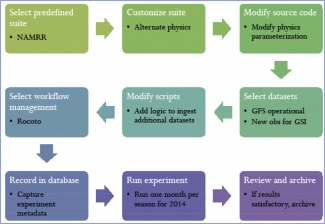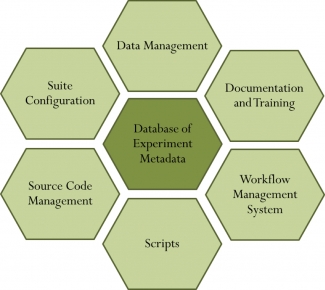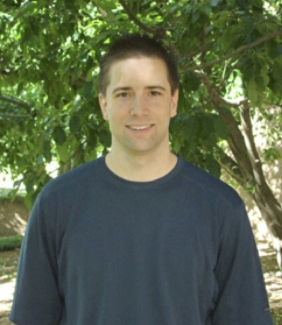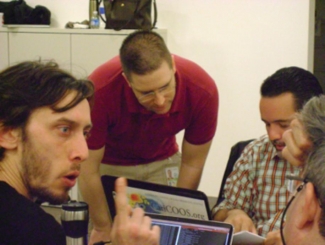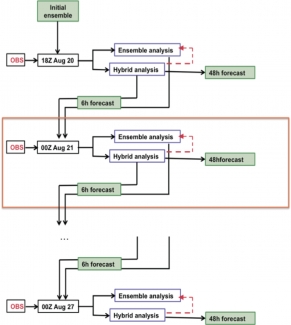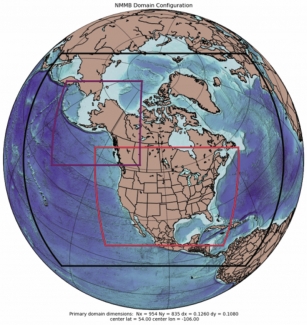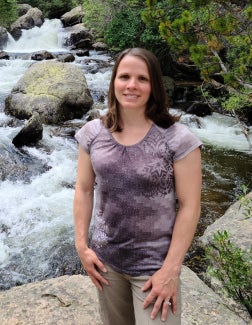Tracy Hertneky is a Scientist III in the NSF NCAR Research Applications Laboratory and an invaluable contributor to multiple DTC efforts. She plays a central role in several high-impact projects, including the CCPP software team, the UFS Physics Testing and Evaluation (T&E) project, and the Air Force V&V project. At DTC, she also leads the Retrospective Veracity Testing of the Global Synthetic Weather Radar Product effort.
In June 2025, Tracy led the preparation and successful release of the CCPP SCM v7.0.1. In this capacity, she coordinated effectively with DTC subject-matter experts to expand the functionality of the package, including adding the flexibility of specifying SCM locations within the UFS case-generation tool, resolving bugs, improving documentation quality, and enhancing portability. She also collaborated with NOAA’s Physical Sciences Laboratory to incorporate the MOSAiC (Multidisciplinary Drifting Observatory for the Study of Arctic Climate) case into the CCPP SCM case pool. In addition, she contributed significantly to SCM code management. The CCPP SCM is widely used across the community—including DTC projects, the broader UFS community, and universities—and is recognized as a cornerstone of hierarchical model development and evaluation. Tracy’s work directly advances scientific understanding and raises the readiness levels of pre-operational prototypes.
Within the UFS Physics T&E project, Tracy contributed to the evaluation prototype of GFS physics, with specifically emphasizing the transition from stratocumulus to cumulus regimes using MAGIC (Marine ARM GPCI Investigation of Clouds) cases. Leveraging the CCPP SCM with both operational GFS v16 and updated physics packages across multiple grid spacings, she established a hierarchy of tests to investigate key physical processes underlying biases in cloud macrophysical, microphysical, precipitation, and radiation. She performed extensive sensitivity analyses, assessing the roles of large-scale forcing components, entrainment rates in shallow cumulus, and cloud condensation nuclei (CCN) impacts on precipitation. More recently, she began co-leading the SCM framework effort for the Hierarchical System Development (HSD) initiative.
Besides her many extraordinary contributions to model development, Tracy brought steady, thoughtful, and fair leadership to the PROUD committee, ensuring all proceedings were handled with professionalism and timeliness. Over the years, Tracy’s leadership, technical and scientific capabilities have grown remarkably. Throughout her career, she has grown increasingly skilled in troubleshooting, implementing code updates, and supporting the UFS community. Her work style, commitment, and broad expertise have made her indispensable.
